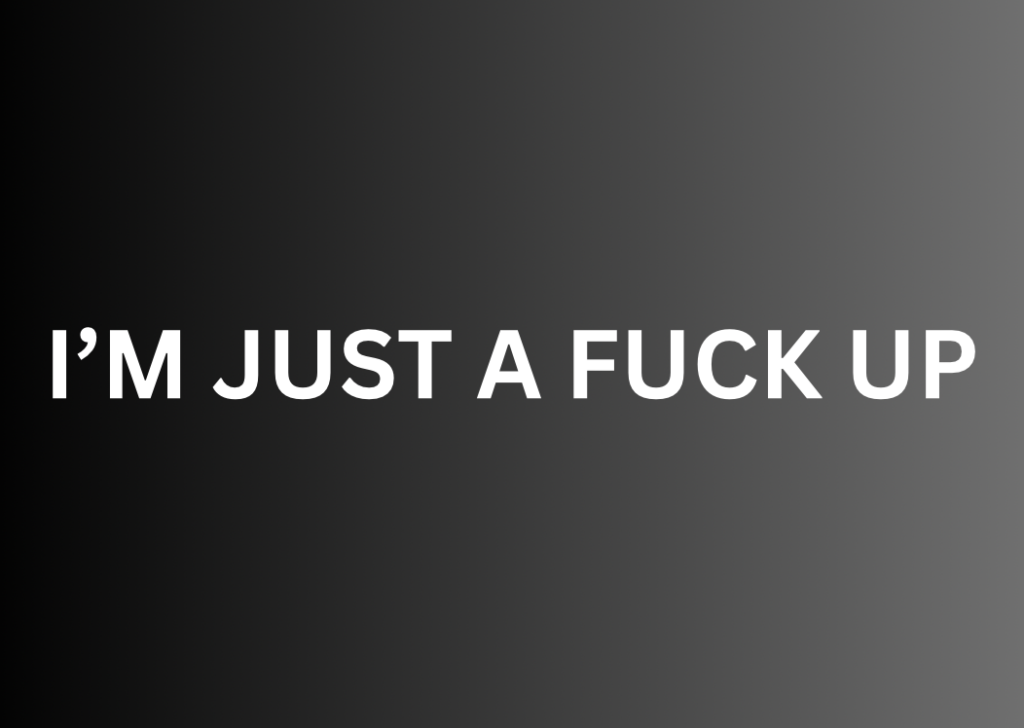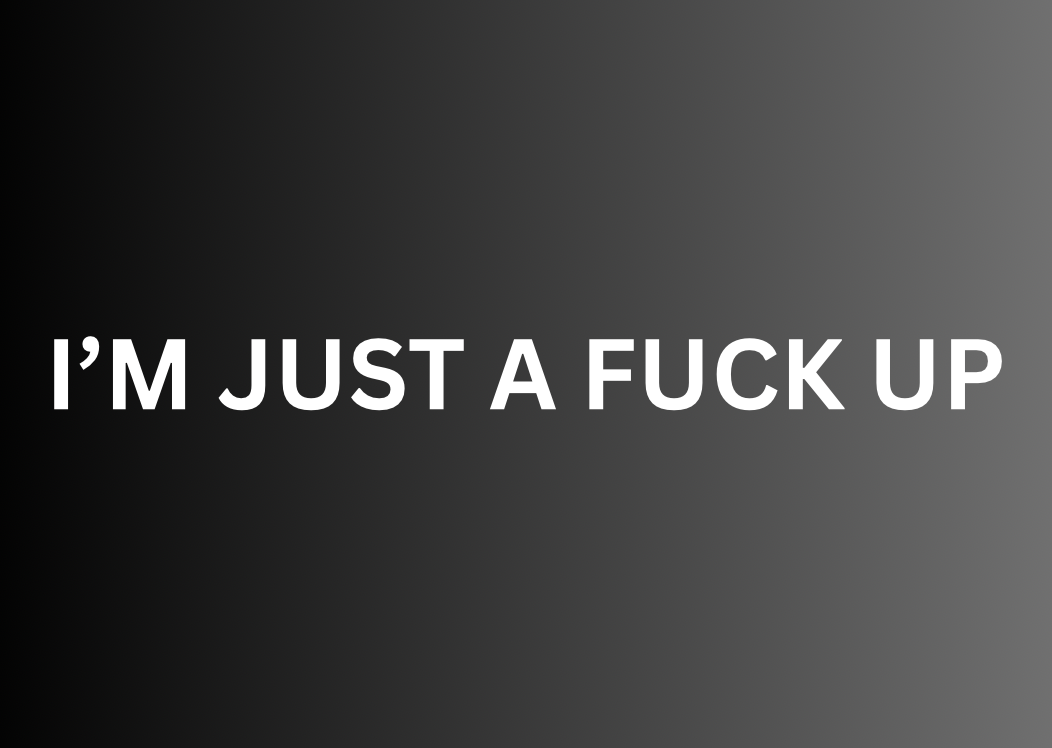In recent decades, psychology has left the labs, clinics, and lecture halls—and poured into living rooms via podcasts, Instagram accounts, and charismatic self-help gurus. In this mass diffusion of psychological language, one phrase reigns supreme:
“That’s just my pattern.”
At first glance, it sounds insightful. Almost empowering. It’s meant to name and own a behavior. But what if it’s not just a description? What if it’s become a mantra of mass deception, a linguistic shiv used to enforce learned helplessness?
And what if the real culprit isn’t the pattern—but the weaponization of folk psychology?
What Is Folk Psychology?
Folk psychology refers to the everyday, commonsense explanations people use to understand human behavior: beliefs, desires, intentions. It’s how we “intuitively” explain why someone ghosted us, cheated, or panicked before a job interview.
While these frameworks can be helpful, they’re often simplistic, anecdotal, and dangerously overconfident. As philosopher Daniel Dennett notes, folk psychology is “a shrunken, over-the-counter version of what real psychology does in the lab.” (Dennett, The Intentional Stance, 1987)
The issue is when folk psychology becomes an authority rather than a starting point. Worse, when it becomes the tool of pop psychology influencers with no clinical training but huge followings.
The Rise of Pattern Worship
Enter the idea of the “pattern.”
Yes, behavioral patterns exist. Yes, neuroscience and behavioral psychology have confirmed that people tend to repeat what is familiar, even if it’s destructive. (Kahneman, Thinking, Fast and Slow, 2011)
But in the hands of uncredentialed “trauma coaches,” Reddit philosophers, and armchair therapists, the concept has mutated.
Now, “You’re just repeating a pattern” is code for “You’re broken, and you probably always will be.”
Instead of providing tools to break cycles, the language of patterns has become a psychological prison. It’s a neat narrative trick: you’re not accountable anymore—your pattern is.
Learned Helplessness, Rebranded
Learned helplessness, a concept first explored by Martin Seligman in the 1960s, describes what happens when people feel they have no control over their circumstances—so they stop trying, even when escape is possible. (Seligman & Maier, 1967)
Ironically, the very people trying to empower others by naming their trauma or “calling out their pattern” often reinstall this helplessness under the guise of awareness.
Two real-world examples:
Case 1: Jessica and the “I’m Just a Fuck-Up” Loop
Jessica, 34, had been in a string of toxic relationships. Her best friend encouraged her to work with a “trauma-informed coach” on Instagram with 250k followers. The coach didn’t have a psychology degree but was well-versed in buzzwords like “inner child,” “nervous system regulation,” and—you guessed it—“your pattern.”
Whenever Jessica felt triggered or sabotaged a relationship, her coach would smile warmly and say, “See? That’s your pattern. You always push people away when you feel intimacy.”
Rather than help Jessica unpack why she felt unsafe, or give her tools to move forward, the coach repeated the same feedback like a slogan. Eventually, Jessica began to say it herself:
“Well, this is just my pattern. I’m a fuck-up. I should expect this.”
She stopped dating. She stopped trying. She was now a helpless curator of her own failure story, proudly posted on social media, hashtagged under “#selfawareness.”
Case 2: Marcus and the Man-Who-Couldn’t-Change
Marcus, 42, struggled with gambling and impulsivity. After burning through his savings, he turned to a popular YouTube personality who labeled everything as “inner programming” and “shadow trauma.” This coach told him:
“Your need to destroy your success is your pattern. You’re addicted to failure. The moment you get money, your inner child sabotages you.”
Now, every time Marcus did something reckless, he shrugged it off: “Well, that’s my pattern. My subconscious wants me broke.”
The tragedy? He had an opportunity to work with a licensed therapist through a community program—but he declined. Why try to change, when he already knew how he’d fail?
Weaponizing Psychology Without Credentials
This is the dark side of self-help culture. Without proper psychological grounding, folk psych concepts are wielded like weapons. Instead of giving people the tools of agency, they become tools of doom scripting—predictions of inevitable failure disguised as insight.
It’s not that patterns don’t matter. It’s that patterns, when not coupled with real intervention, become spiritualized diagnoses: you’re not responsible, but you’re still guilty. You’re broken by default.
And the worst part? These statements feel true. Because they sound smart. Because they offer closure. Because they trick the brain into believing insight is action.
From Insight to Action: Reclaiming Responsibility
True psychological insight doesn’t end with naming the problem. It continues into behavior change, cognitive reframing, neuroplasticity training, exposure therapy, or other evidence-based methods. (Beck & Dozois, 2011)
If “this is my pattern” becomes a story you’re stuck inside, rather than a door you walk through, it’s not therapy. It’s hypnosis.
So next time someone tells you your problem is “just your pattern,” pause. Ask yourself:
- Who gave them the authority to label you?
- Do they have the credentials to treat you?
- Are you being offered real tools—or just psychological fatalism wrapped in an Instagram quote card?
The Bottom Line
The folk psychology of “patterns” has become the new horoscope—vague, self-fulfilling, and often disempowering. It provides just enough logic to sound wise, and just enough despair to stop you from trying again.
The solution? Stop giving your agency to amateur oracles.
Reclaim your own authority.
Because your pattern isn’t the problem—your belief that it controls you is.
Sources:
- Dennett, D. (1987). The Intentional Stance. MIT Press.
- Seligman, M. E. P., & Maier, S. F. (1967). “Failure to escape traumatic shock.” Journal of Experimental Psychology, 74(1), 1–9.
- Kahneman, D. (2011). Thinking, Fast and Slow. Farrar, Straus and Giroux.
- Beck, J. S., & Dozois, D. J. A. (2011). Cognitive Therapy: Basics and Beyond. Guilford Press.

